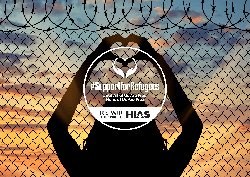Topic: Jewish Holidays
36 results
Apr 21, 2017
A Reading for Yom Ha’Shoah
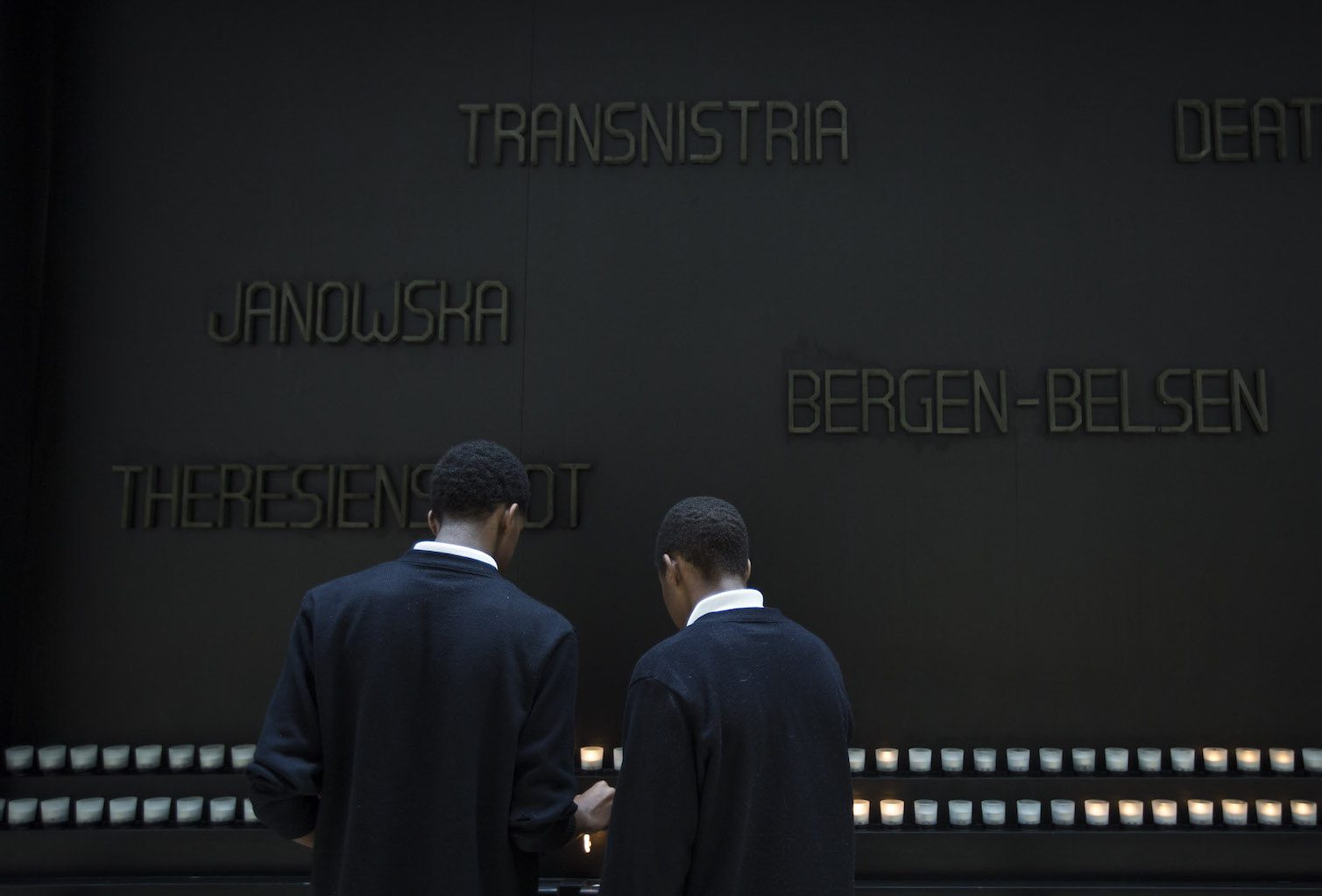
Apr 13, 2017
Refugees Join Seder Tables Across the Country
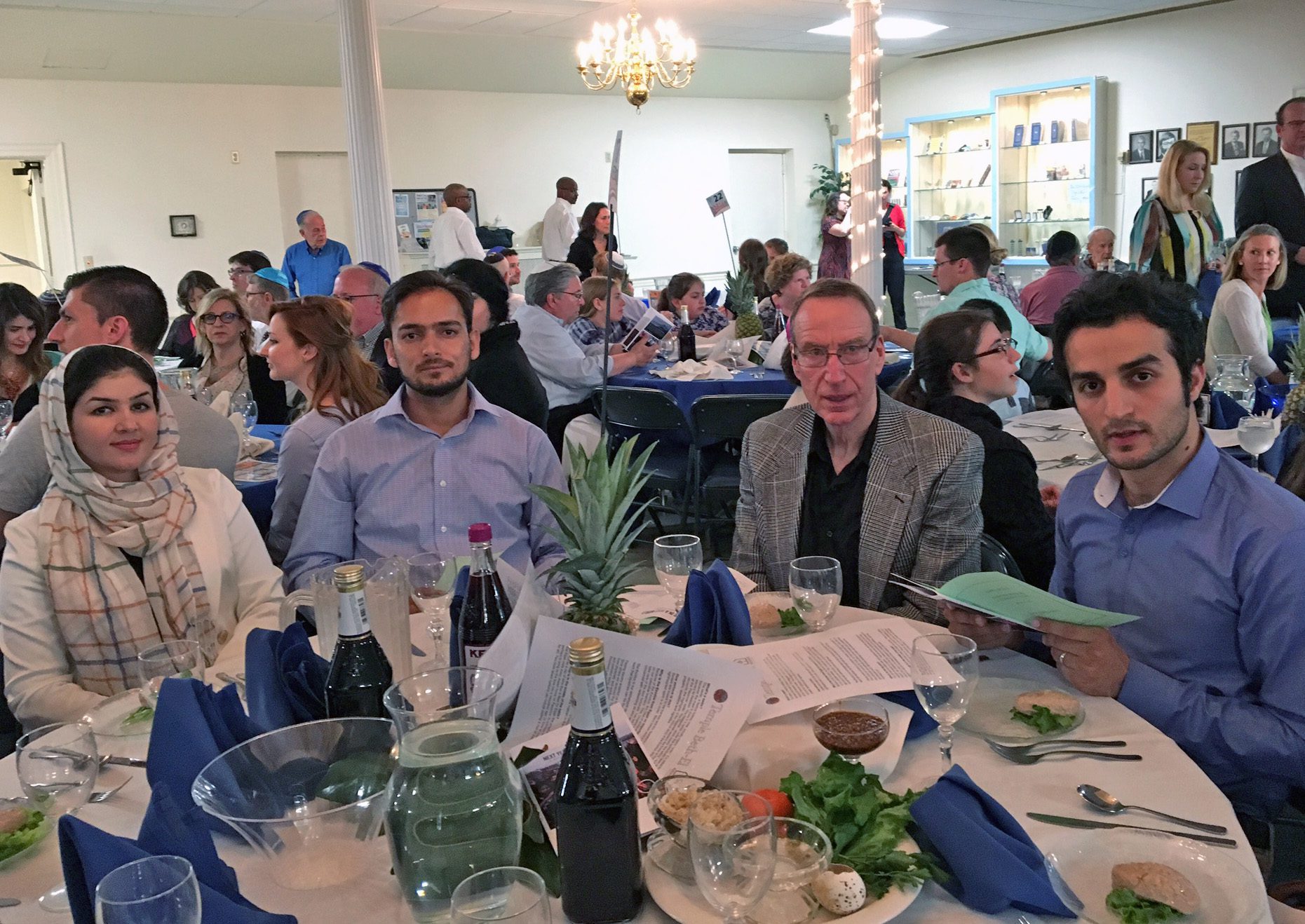
Mar 29, 2017
“This Passover, We Must Make Our Seders Real”
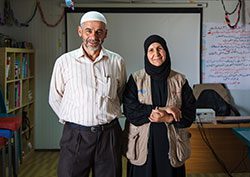
Mar 9, 2017
Channeling Queen Esther’s Diplomacy For Refugees
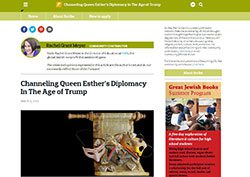
Oct 26, 2016
Sukkot Round-Up: Refugees Find Welcome In Sukkahs
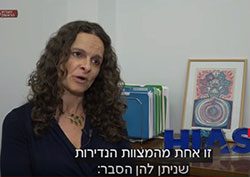
Oct 20, 2016
SLIDESHOW: This Sukkot, American Jews Stand With Refugees
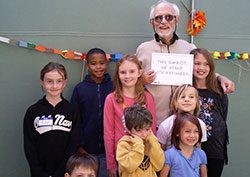
Jun 9, 2016
What Shavuot Teaches Us About Welcoming the Stranger
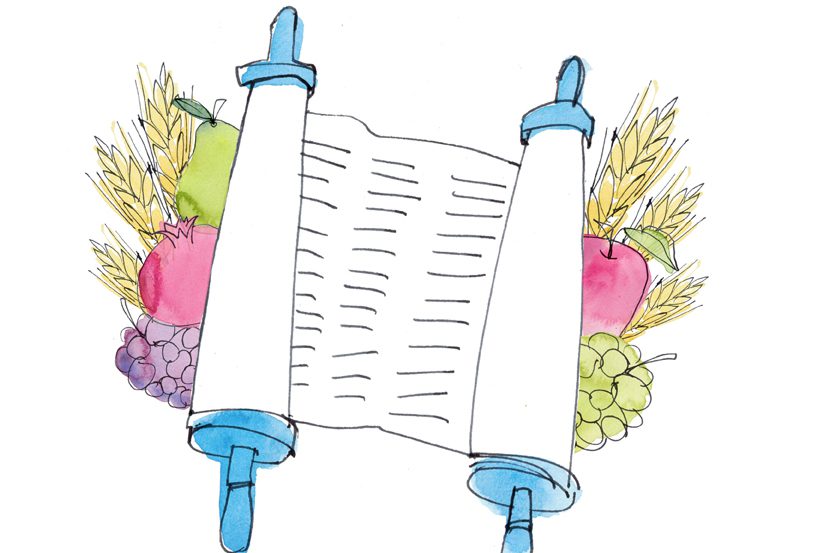
Apr 27, 2016
Refugees Find a Place at Seders Across the Country
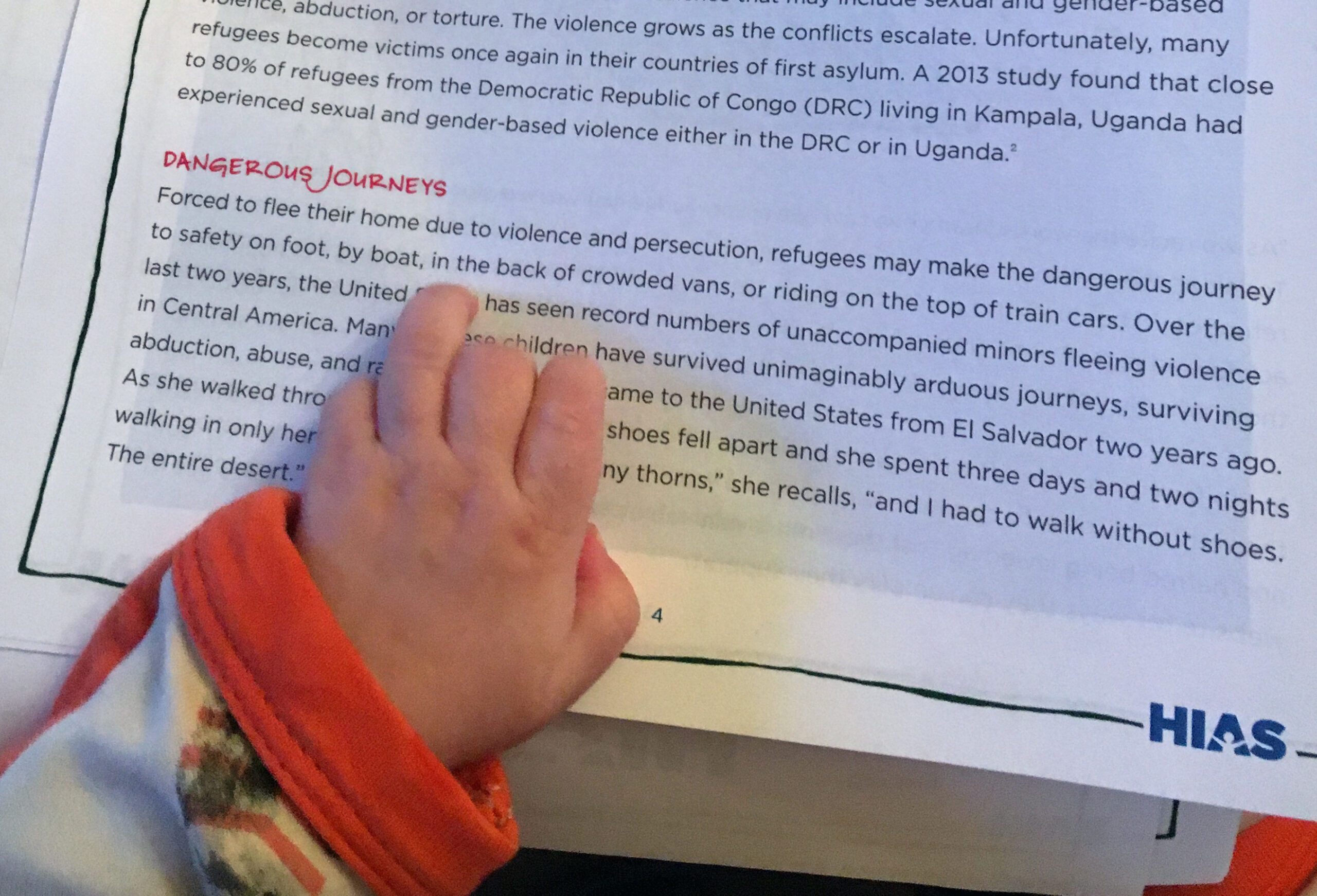
Apr 14, 2016
The Forward: How To Talk About Refugees at Your Passover Seder

Apr 6, 2016
This Passover, Show Your #SupportForRefugees
